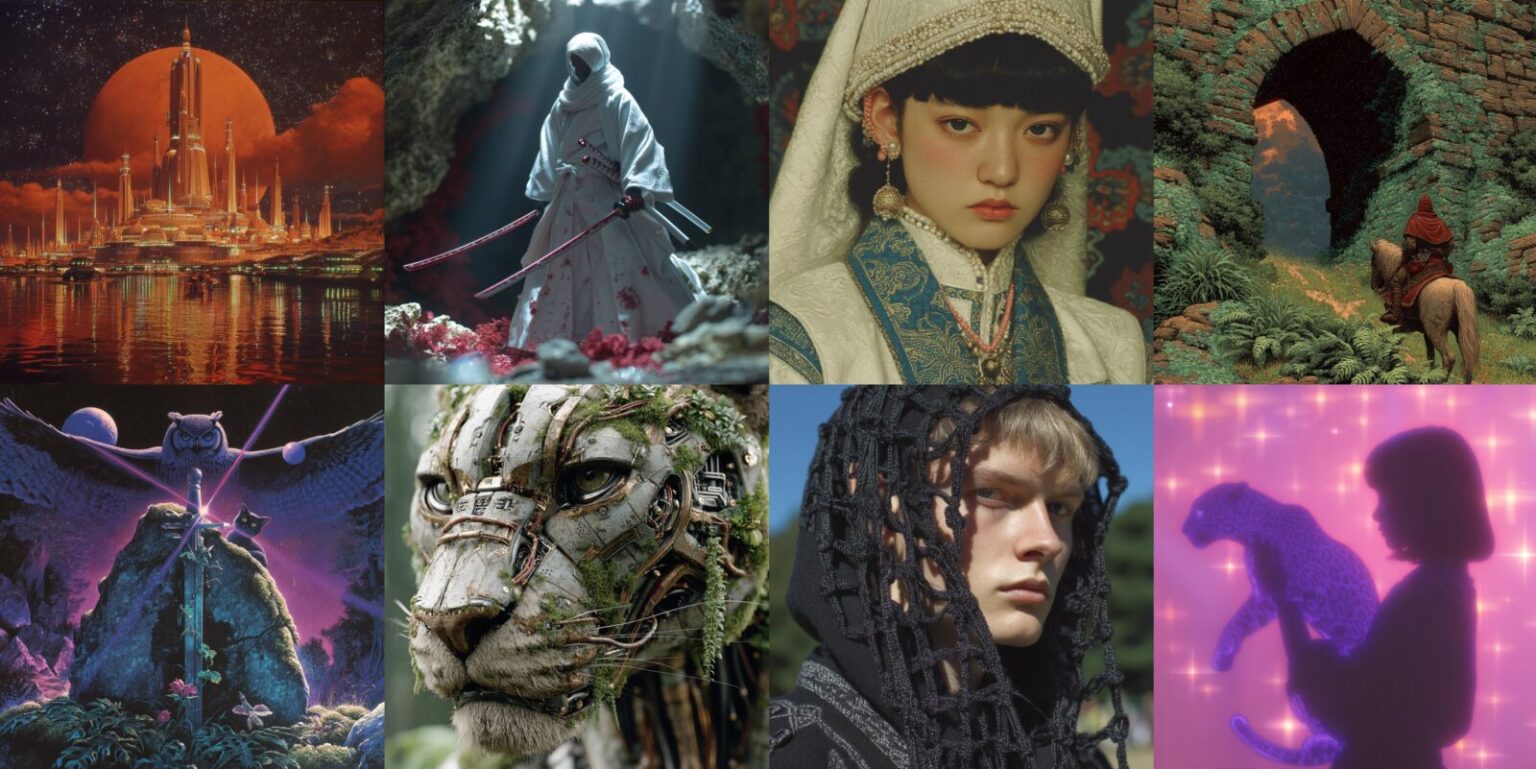After nearly a year without a major update, Midjourney has rolled out its latest image generation model, Midjourney V7. Released in alpha and gradually becoming available to users on April 4, the model represents a notable evolution in the AI art tool’s capabilities, with a new architecture and personalization features baked in from the start.
The update follows a surge in interest around AI image tools, sparked most recently by OpenAI’s new Ghibli-style image generator inside ChatGPT. While V7 is not officially designed for anime-style or Ghibli-like visuals, early examples show the model is still capable of producing visually engaging outputs across a wide range of styles. The model is currently accessible via Midjourney’s web platform and through its long-standing Discord server.
One of the most prominent changes with V7 is the introduction of built-in personalization. Users are required to rate around 200 images to create a profile that informs how the AI interprets prompts. This feature, unique to Midjourney’s ecosystem, aims to tune the generation process to better reflect individual aesthetic preferences. It’s the first time such personalization has been made default in any of Midjourney’s models.
We're now beginning the alpha-test phase of our new V7 image Model. It's our smartest, most beautiful, most coherent model yet. Give it a shot and expect updates every week or two for the next two months. pic.twitter.com/Ogqt0fgiY7
— Midjourney (@midjourney) April 4, 2025
Midjourney founder David Holz described V7 as being based on a “completely different architecture.” According to statements shared on Discord, the model is said to be better at interpreting complex text prompts, delivering more coherent images with higher resolution, improved body proportions, and more realistic hand and object rendering — long-standing challenges for image generators.
The model comes in two versions: Turbo and Relax. Turbo offers faster generation at a higher computational cost, while Relax is slower but more budget-friendly. V7 also introduces a new feature called Draft Mode, which renders lower-quality previews at 10 times the speed and at half the cost of standard rendering. These draft outputs can be enhanced or re-rendered in higher quality, offering a flexible workflow for artists and designers testing different ideas.
However, the current version of V7 lacks a few familiar features. Users won’t yet find options for image upscaling or texture rework, which are expected to return in future updates — potentially within the next couple of months, according to Holz.
Despite its technical progress, Midjourney continues to operate without external funding. Launched in 2022 by Holz, who previously co-founded Leap Motion, the company remains privately held. In late 2023, Midjourney was reportedly generating around $200 million in revenue annually. The company has also begun assembling a hardware team and continues development on models for video and 3D object creation.
Midjourney’s rise hasn’t come without controversy. The company faces multiple lawsuits alleging that its AI was trained using copyrighted images scraped from the internet without the consent of artists or content owners. These legal challenges are part of a broader reckoning within the AI art space, as creators and companies clash over how training data should be sourced and compensated.
As users begin testing V7 and adapting their workflows, Midjourney is seeking feedback on where the model excels—and where it still falls short. Holz noted that V7 may require different prompting styles compared to previous versions, suggesting that part of the rollout involves understanding how users adapt to the model’s unique characteristics.
Whether V7 can maintain Midjourney’s momentum in the increasingly competitive landscape of AI art tools will likely depend on how quickly it can iterate, and how well it can serve both hobbyists and professionals in creative industries.






